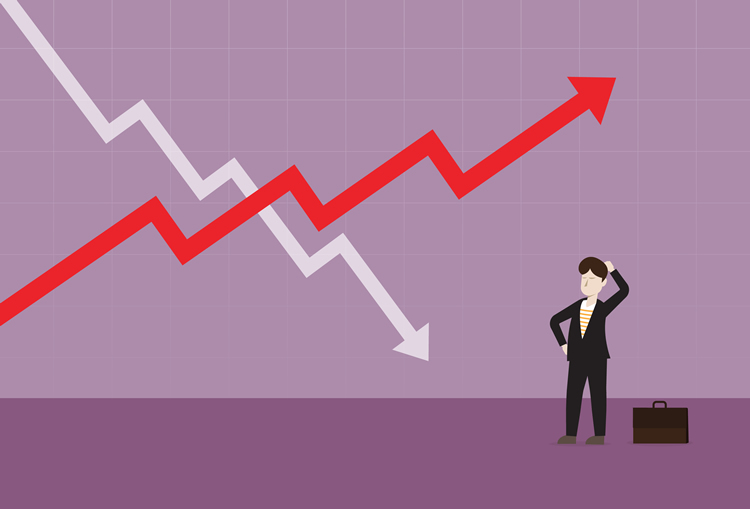Volatility is a gauge of how much a stock’s price fluctuates over time. Volatility is frequently employed as a risk indicator in the context of the stock market and can relate to both upward and downward price fluctuations.
Free Today: Passive Income Strategies for 2025
Smart investors know passive income isn’t just nice to have — it’s critical in times like these. This FREE guide reveals proven dividend stocks and REITs that can help you build steady income with less stress. Discover simple strategies to put your money to work while you sleep…
Download Your Free Guide NowIn most cases, statistical techniques like standard deviation or beta are used to quantify volatility. Standard deviation quantifies how far a stock’s price deviates from its average price over a specific time period, whereas beta contrasts a specific stock’s volatility with the market as a whole.
High volatility may be a sign of increasing market risk or uncertainty. This might be the result of things like unstable economies, unrest in the political system, or adjustments in the performance or outlook of businesses. On the other side, low volatility may point to a market environment that is largely steady with few notable price fluctuations.
Investors should be mindful of the following several types of volatility:
- Historical volatility is the amount by which a stock’s price has changed over time in response to its performance in the past.
- Implied Volatility: Based on models used to price options, this term describes how much investors anticipate the price of a stock to fluctuate in the future.
- Market Volatility: This refers to overall changes in stock values throughout the entire market.
By incorporating volatility into risk management strategies like diversification and hedging, investors can use volatility as a component of their investment plan. While hedging is taking positions to cover potential losses from unpredictable markets, diversification includes spreading investments across several assets or securities with varying levels of volatility and risk.
Investors should, however, be cautious about using volatility as their only gauge of risk. The results of investments can also be significantly influenced by other factors, including firm fundamentals, industry trends, and global economic conditions.
Also, a high level of volatility does not automatically indicate that an investment opportunity is dangerous or unproductive. Despite the increased levels of risk, some investors intentionally seek for high-volatility equities or securities with significant growth potential.
Investors can choose where to allocate their funds more wisely and manage their risks more successfully by having a better understanding of how volatility functions within the context of the stock market. Investors can position themselves for long-term success in this dynamic and ever-changing environment by fusing this information with other fundamental analysis methods and staying current with current events and trends affecting both individual companies and bigger markets.





